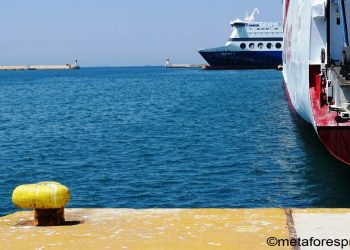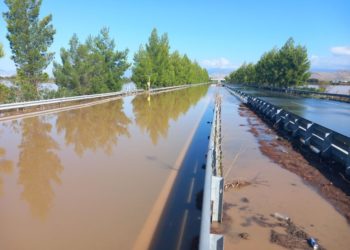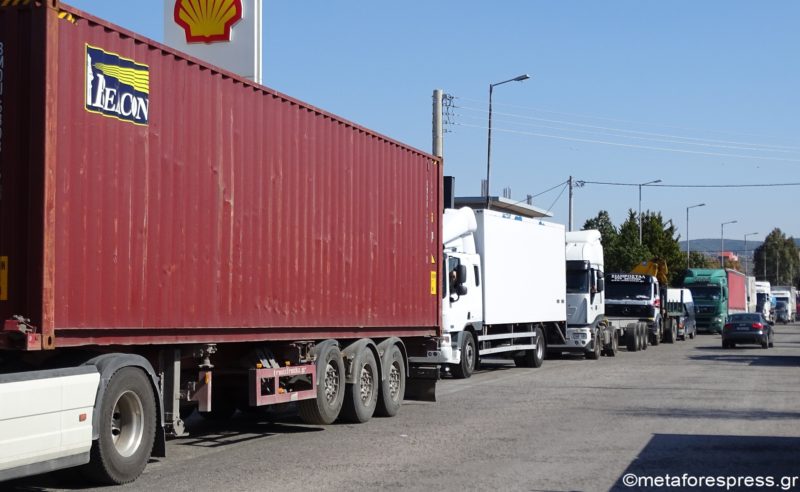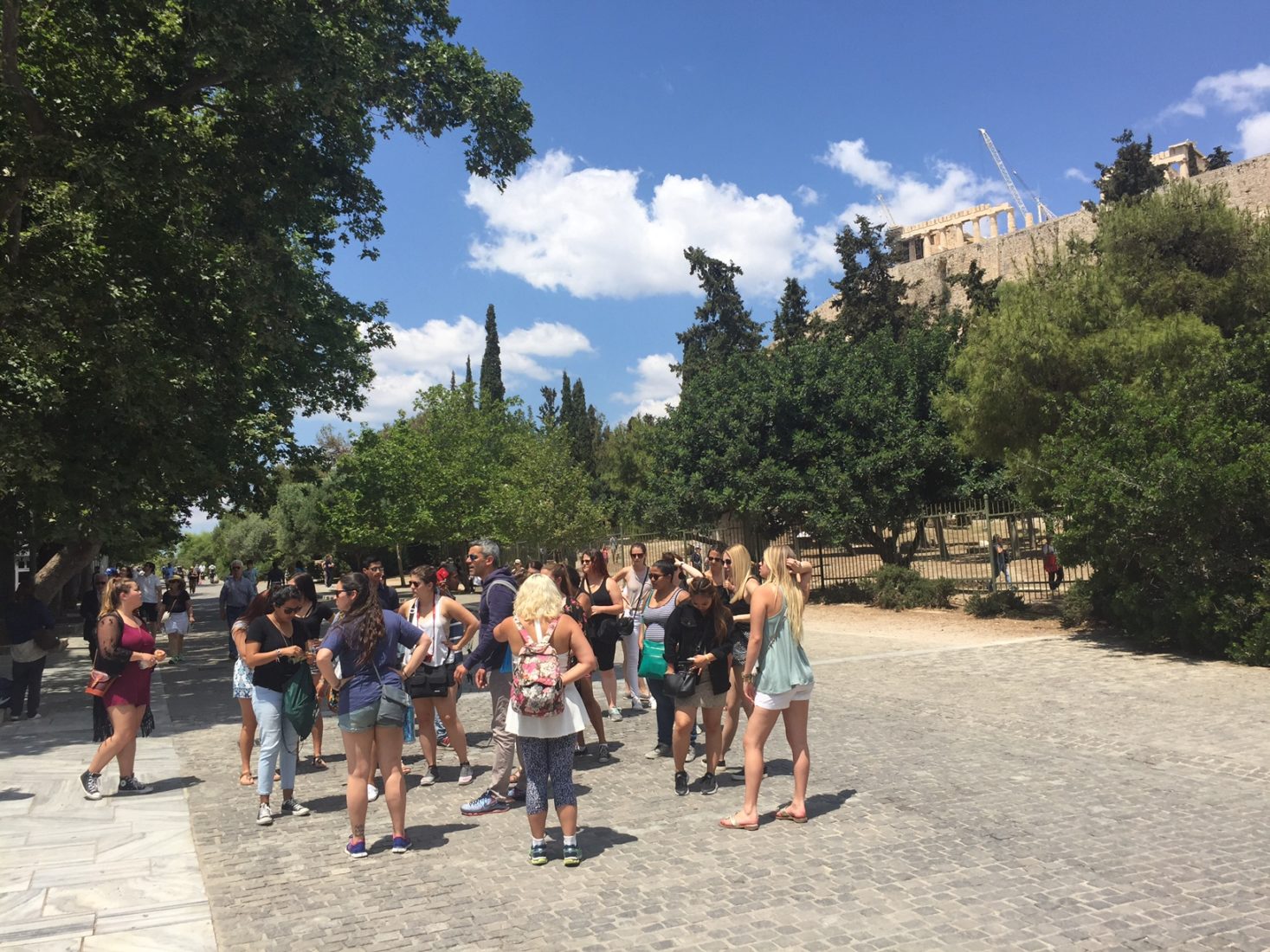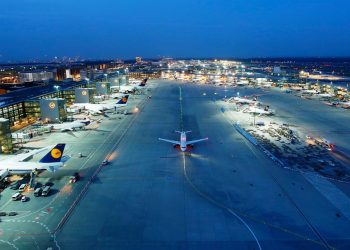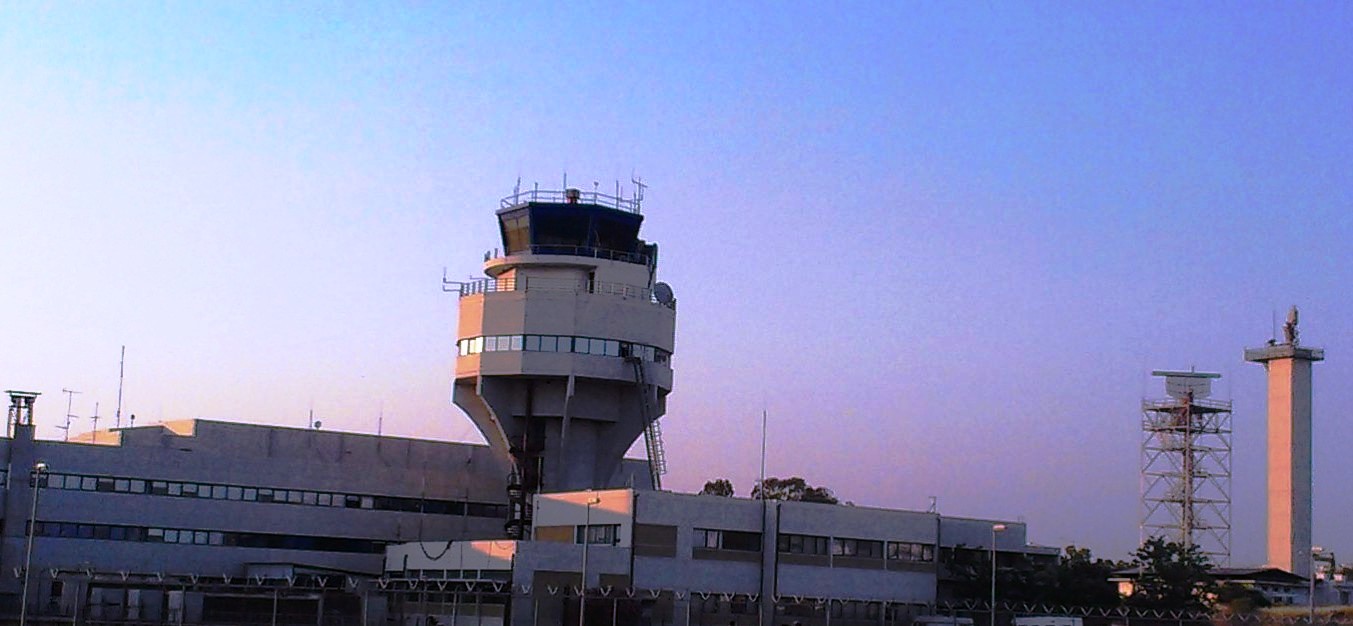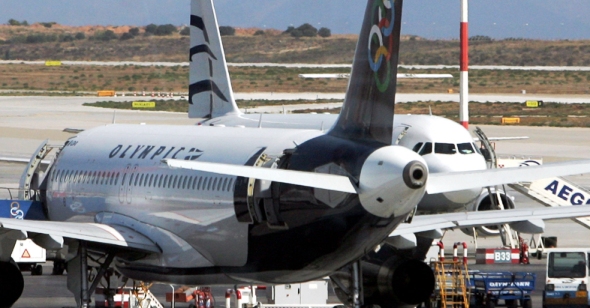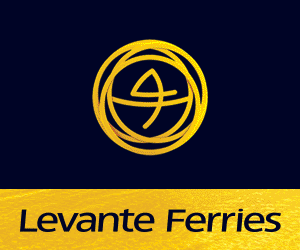Seasonality has always had a substantial impact on tourism, evident in the patterns of arrivals and nights spent at EU tourist accommodation establishments. During peak vacation times, tourist areas may face overcrowding and resource strain. Conversely, quieter periods can lead to underused facilities and job instability due to fluctuating demand.
In 2022, the traditional seasonal pattern was observed, with the majority of nights spent recorded in August (18% of nights spent in 2022; 478 million nights), closely followed by July (16%; 440 million). In contrast, the share of nights spent was lowest in January (3%; 89 million), followed by February (4%; 111 million).
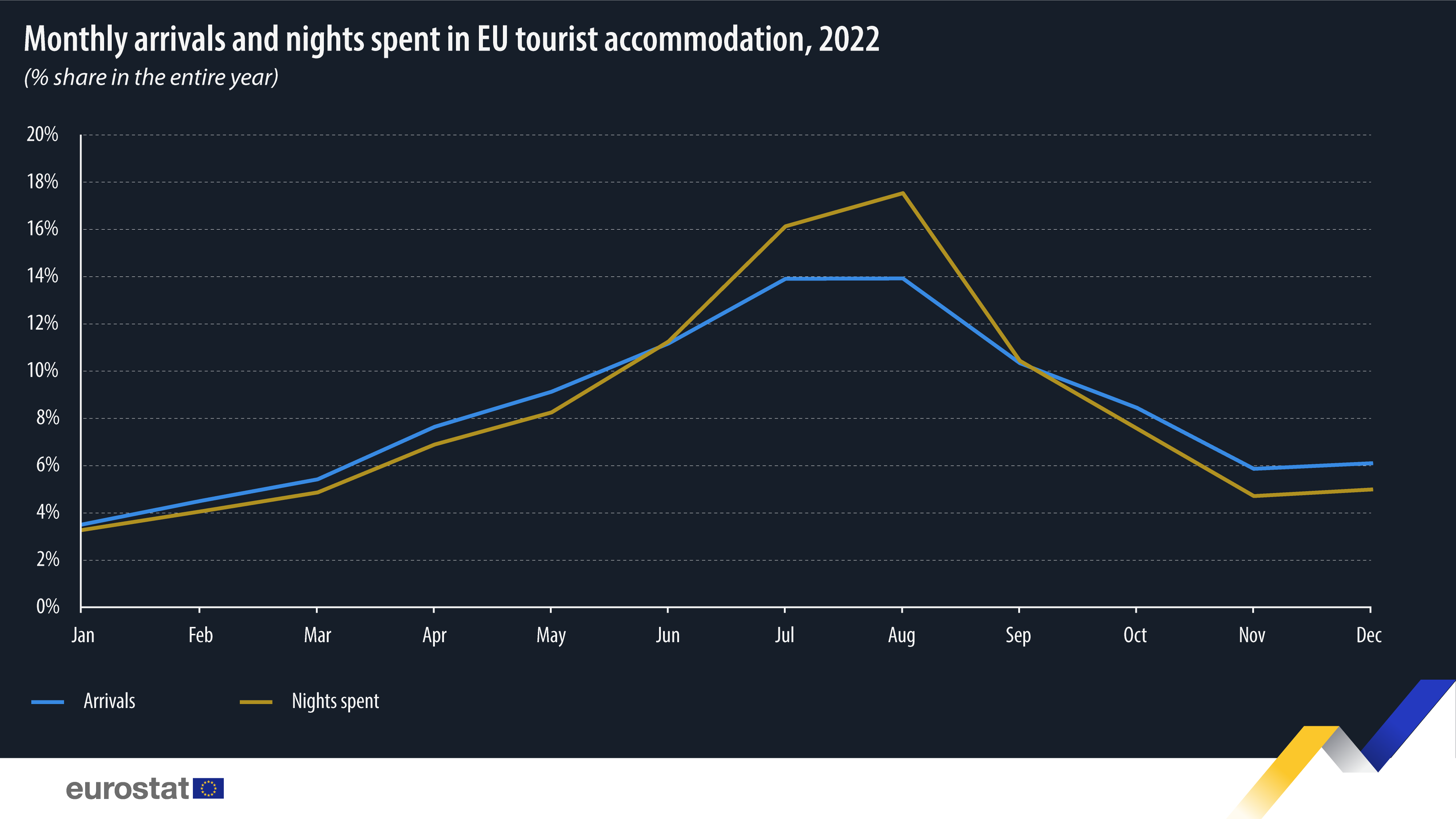
A significant portion of arrivals was also recorded in July and August (each 14% of total arrivals in 2022; 127 and 128 million arrivals, respectively). What’s interesting to note is the correlation between arrivals and nights spent during these peak months. The peak in nights spent is more pronounced than the peak in arrivals, suggesting that tourists tend to stay longer during these busier months, likely corresponding with their main holiday period. This trend heightens the demand for accommodations during the summer season.

The peak months for nights spent were July and August across all the EU countries in 2022. The seasonal pattern was most pronounced in Croatia (59% of nights spent in 2022), Bulgaria (48%) and Greece (43%). Meanwhile, the seasonal pattern was least pronounced in Malta and Finland (both 25%), and Germany (26%).
(Eurostat)

